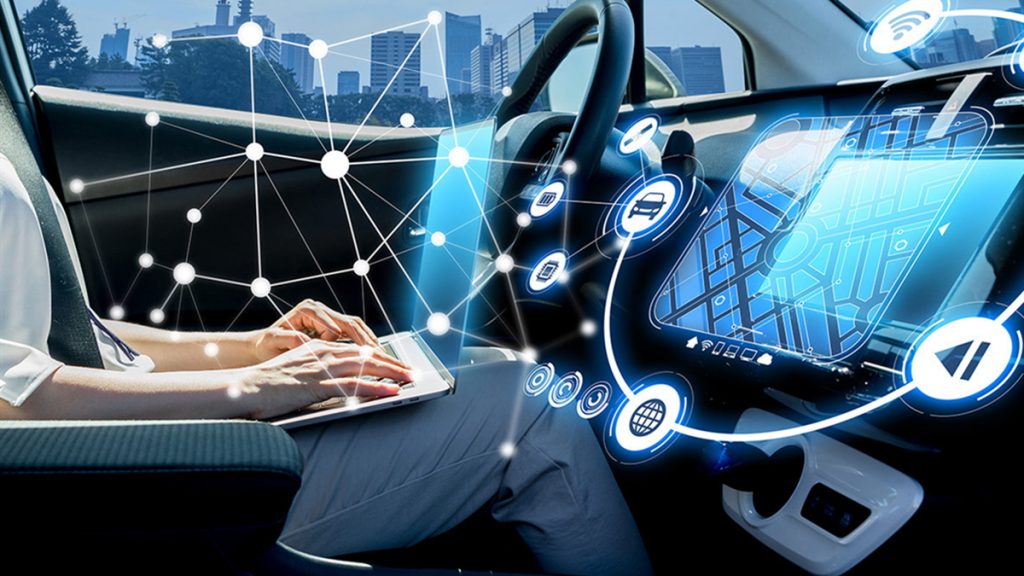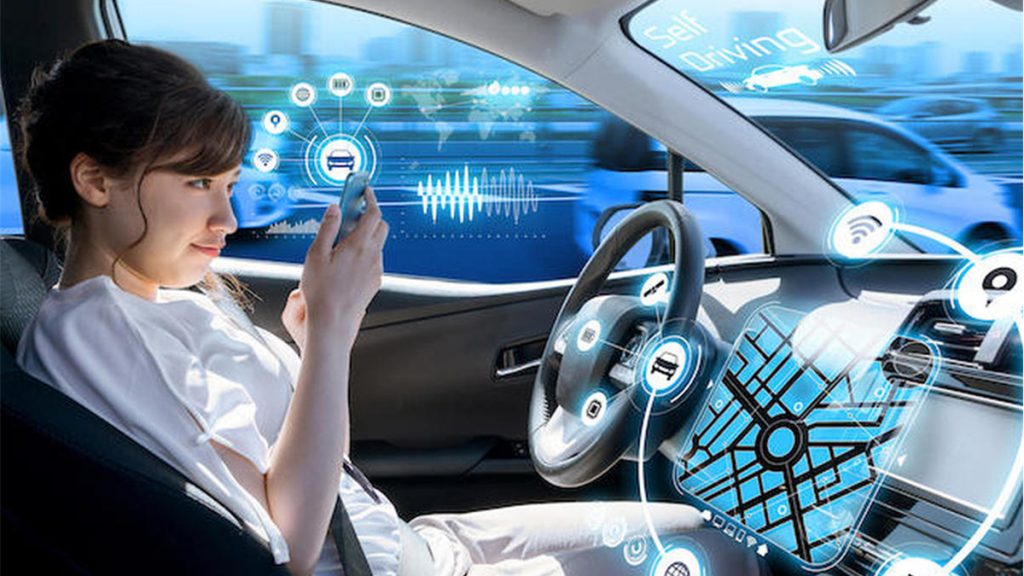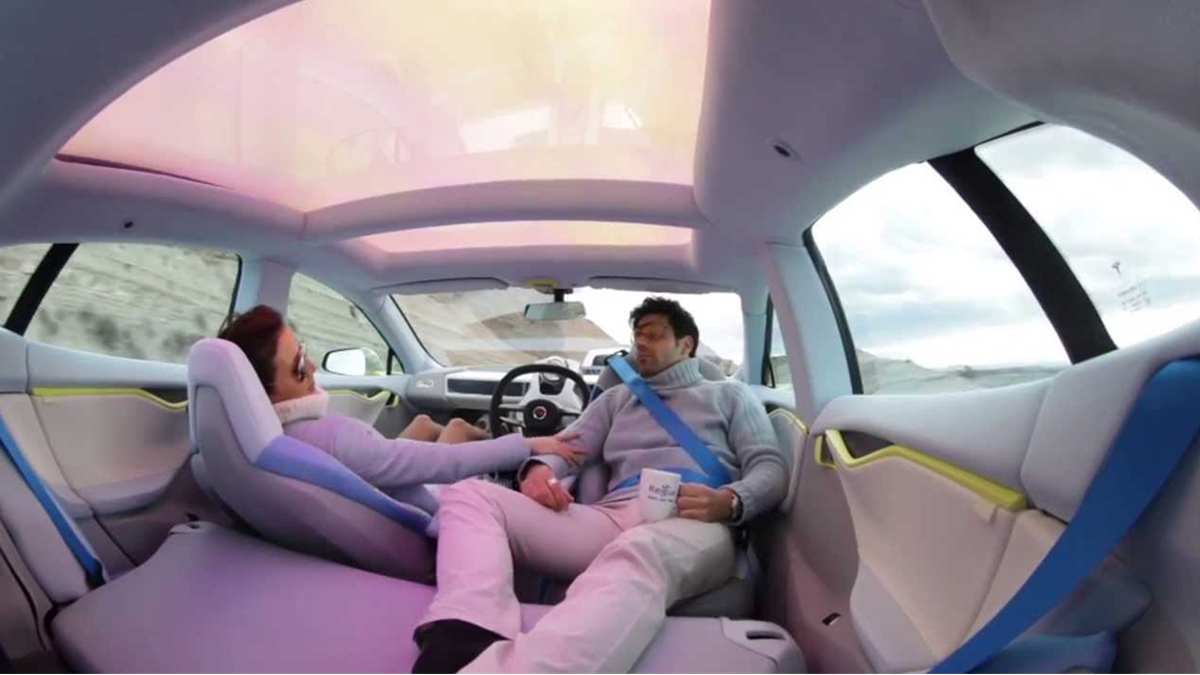Research suggests that traditional cars are more likely to be replaced by better and safer autonomous cars. These long-awaited cars are intelligent species that can capture the environment and navigate without human intervention and involvement. They use the latest technologies such as lidar, radar, GPS, and computer vision to capture the surroundings. Advanced control systems make it possible to interpret captured sensor data in order to identify obstacles and identify a suitable navigation route.
These cars will change the traditional transportation system in the near future. The possible advantages of these vehicles are fewer traffic accidents, more lane capacity, higher speed limits, fewer parking spaces, fewer car thefts, smoother, and more comfortable driving.
The real question, however, is: when will these cars be on the road? The answer is that they are closer than you think. “Over the next five years, you will see someone showcasing autonomous cars,” Ford Field Marks told the CES press. It is good to say that these vehicles are no longer a myth.

BMW and Mercedes-Benz had announced that their vehicles will be ready for use before 2020. Google started testing prototypes on the road in 2012. Stefan Moser, Director of Technology and Product Communication at Audi, recently announced that the next generation El The Audi A8 will be fully autonomous and is expected to be available by 2020.
Most predictions by the big innovation giants come to the common conclusion that these advanced vehicles will be on their way by 2020. Good enough to give us hope that we can drive one of these cars in the near future.
When these cars are on the road, everyone can courageously say that in our immediate future there will be a time when human-powered vehicles are likely to be dangerous and get mixed up and cause accidents or collisions. However, one thing is certain: this newly developing technology is imminent and will represent an important step in the development of the guide.


